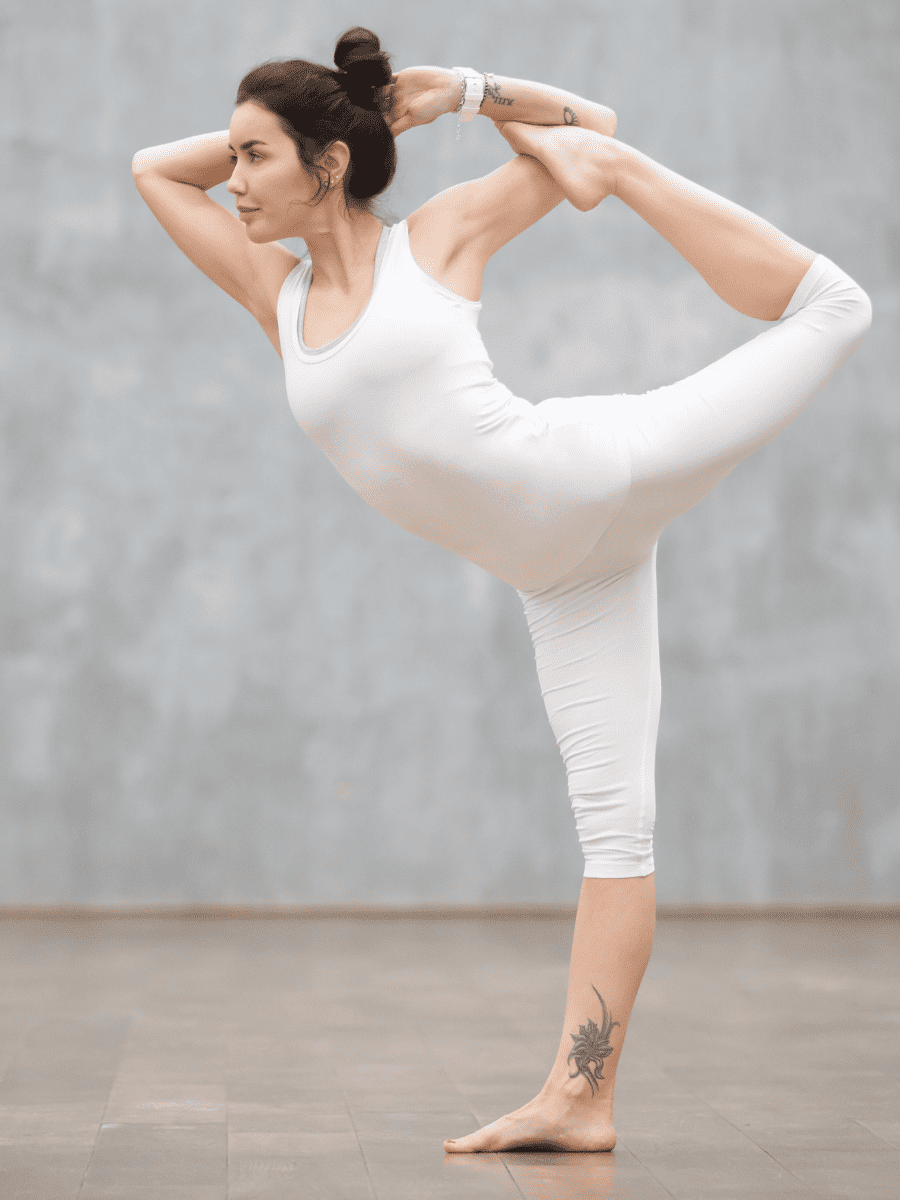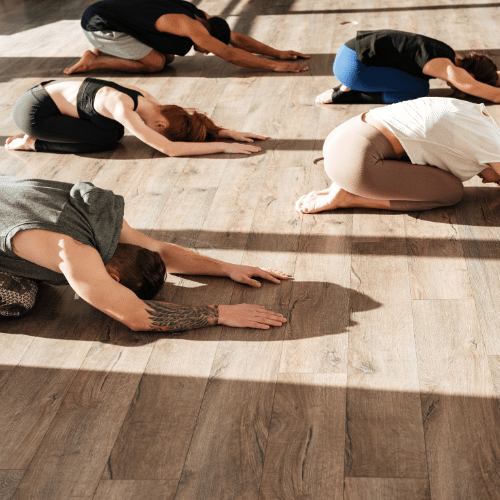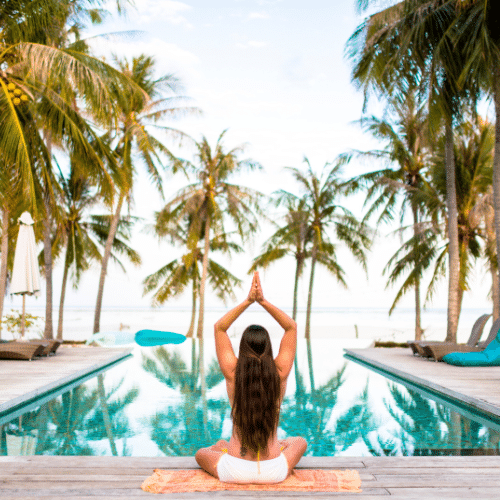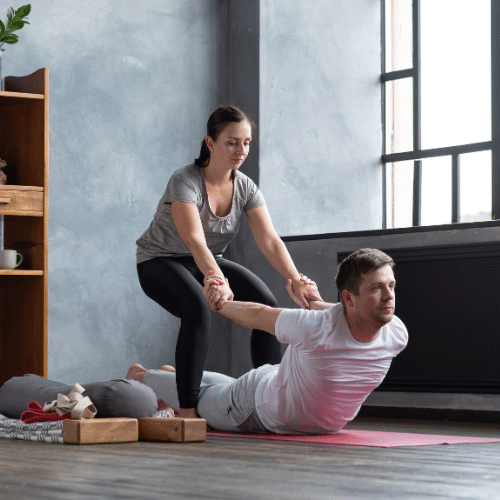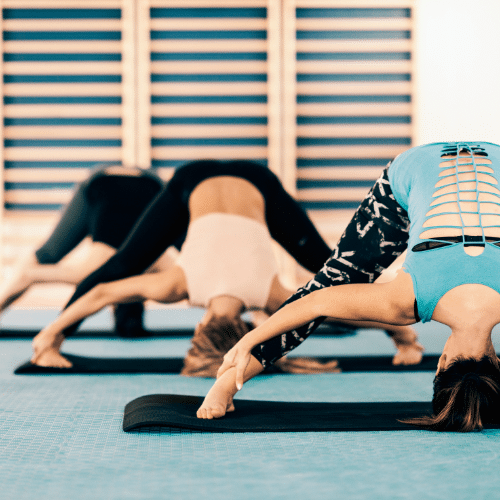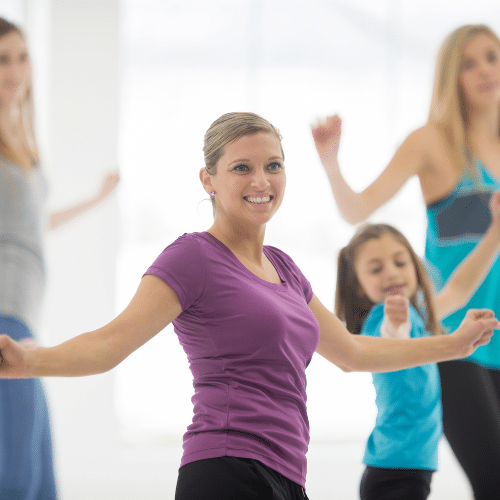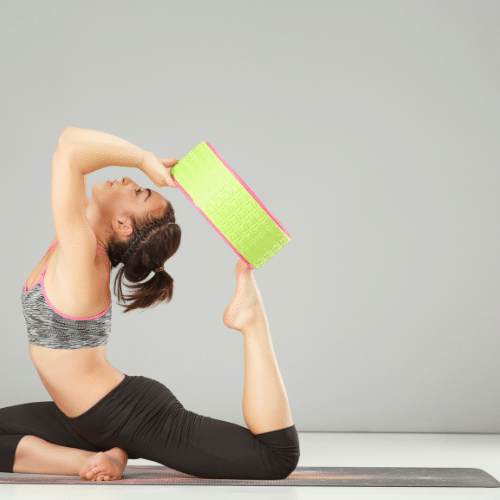Are you looking to add a new challenging yoga pose to your practice? Look no further than the dancer pose. This elegant and graceful pose, also known as Natarajasana in Sanskrit, combines strength, flexibility, and balance, making it a perfect addition to your yoga routine.
The dancer pose is a beautiful and visually striking posture that mimics the shape of a dancer in mid-performance. It requires a strong core, open hips, and a steady focus to achieve the proper alignment and balance. While it may seem intimidating initially, with practice and patience, you can master this pose and experience its many benefits.
This article will explore the steps to execute the dancer pose correctly, the muscles it targets, and the physical and mental benefits it offers. Whether you are a seasoned yogi or just starting your yoga journey, the dancer pose is worth incorporating into your practice.
History of Natarajasana
The history of Natarajasana, or the dancer pose, dates back thousands of years to the Hindu god Shiva. He is often depicted as a cosmic dancer in a frozen moment of time, performing a sacred dance known as Ananda Tandava. This captivating image has been the source of inspiration for practitioners of this pose for centuries.
Natarajasana is a beautiful and deeply symbolic expression of grace, balance, and strength. It is a reminder to us that we have the power to create beauty in our lives through movement.
Benefits of the Dancer Pose
The dancer pose is a great way to improve physical and mental health.
Practicing this pose regularly can help improve coordination and boost energy levels. Additionally, the deep stretching of the hips helps increase circulation in the lower body, aiding digestion and reducing bloating and water retention. It can also help to open up the chest and shoulders, which can help improve your breathing and increase oxygen flow to the body’s cells.
Other physical benefits include increased flexibility in your hips and upper back, improved balance and stability, strengthened muscles throughout the body, and improved posture. It is also believed to help alleviate sciatica pain.
On a mental level, this pose can help to cultivate focus and concentration. It is also known to help reduce stress and anxiety. Practicing the dancer pose can also help to increase confidence and body awareness.
How to Perform the Dancer Pose
The dancer pose requires a strong core, open hips, and good balance. Here are the steps for getting into the pose:
1. Begin standing with your feet hip-width apart and your arms by your sides.
2. Reach back with your right hand and grab the inside of your right foot.
3. Lift up onto the ball of your left foot, keeping your hips level and facing forward.
4. Lean forward slightly, pressing both palms together in front of you for balance.
5. Keep your gaze forward, spine long, and core engaged.
6. To come out of the pose, slowly release your foot and stand back up.
Muscles Targeted in the Dancer Pose
The dancer pose is a great way to strengthen and stretch many muscles in your lower body, including your glutes, quads, calves, hamstrings, and inner thighs. It also helps to build strength in your core and arms.
Preparing For Natarajasana
Preparation for Natarajasana is vital to ensure correct alignment and avoid injury. To begin, warming the body with dynamic stretching and light cardio is essential. This will prepare your muscles for the deep stretch of the pose. You can also strengthen your core by doing exercises such as planks or crunches. Practicing standing poses such as Warrior I and II is also helpful in building balance and stability.
When practicing the dancer pose, use props if needed to ensure proper alignment. For example, you can use a wall for support or a yoga strap around your foot to help with flexibility. Also, take your time getting into the pose and come out of it slowly, being mindful of any discomfort.
Natarajasana Preparatory Poses and Variations
1: Quadricep Stretch – If you’re new to Dancer Pose, practicing the quadricep stretch is a great place to start! Start by standing on one leg and reaching back with the opposite hand to grab your foot. Then, press the heel of your hand into the top of your thigh to deepen the stretch. Hold for 5-10 breaths. This pose can help you practice the balance needed to perform Dancer Pose.
2: Modified Dancer Pose – This variation can help build strength and flexibility safely. Stand with your feet hip-width apart and your arms by your sides. Reach back with one hand and grab the inside of one foot. Keep your hips facing forward while slowly lifting onto the ball of the other foot. Once you feel balanced and comfortable, reach up with your free hand and press both palms together in front of you for balance.
3: Seated Dancer Pose – This pose variation can be done from a seated position using a chair for support. Start by sitting in the chair with your feet flat on the floor and your spine long. Reach back with one hand and grab the inside of one foot. Then, press both palms together in front of you for balance as you slowly lift onto the ball of the other foot. Keep your hips level and facing forward while engaging your core. Hold for 5-10 breaths before releasing.
4: Extended Leg Variation- This variation of the dancer pose is an excellent way to build strength and stability. Start by standing in Mountain Pose and reaching down to grab your right foot, pulling it up as high as possible behind you. Then, slowly extend your left leg straight out before you while pressing into your heel. Hold for 5-10 breaths and switch sides.
Wrapping Up
Natarajasana is a great way to strengthen and stretch the lower body while building core strength and improving balance. It requires preparation and practice for proper alignment, but there are plenty of variations to suit all levels. By warming up and practicing with modifications, you can safely enjoy the benefits of this beautiful pose.
Want to start practicing Yoga but not sure where to begin? Join us at Zuda Yoga. Our experienced instructors will help you learn the proper form, alignment, and benefits of different poses in a safe and supportive environment. Sign up today to start enjoying the many benefits of Yoga!


